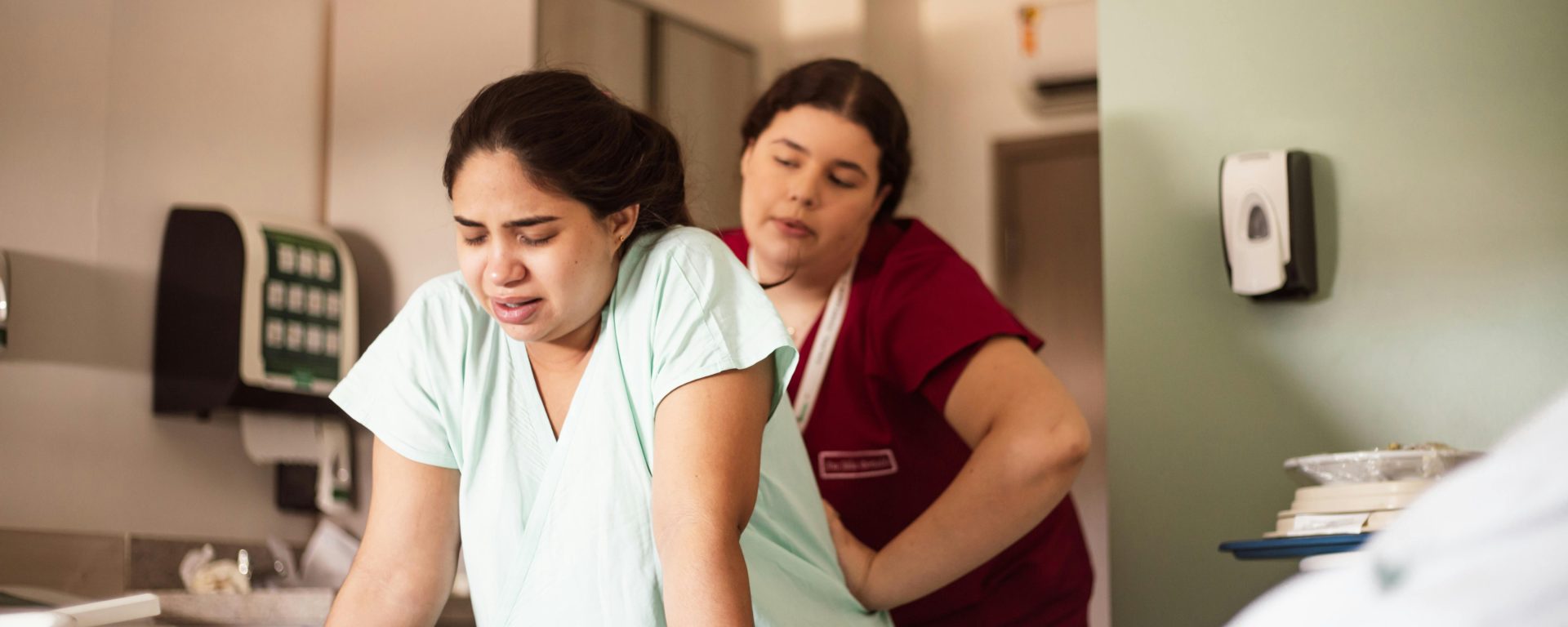Labor pain management is a critical concern for women in labor, their families, and healthcare providers. This study aimed to evaluate the effectiveness of two non-pharmacological methods—birth ball usage and sacrum-perineal heat therapy—in alleviating labor pain.
In 206, Taavoni, et.al., conducted the study which was a randomized controlled trial conducted on 90 primiparous women aged between 18 and 35 years. Participants were randomly divided into three groups: the birth ball group, the heat therapy group, and a control group. Pain levels were measured using the Visual Analogue Scale (VAS) prior to the intervention and every 30 minutes until cervical dilation reached 8 cm.
The results showed that the heat therapy group experienced a significant reduction in pain compared to the control group at 60 and 90 minutes after the intervention. Similarly, the birth ball group reported significantly lower pain scores compared to the control group throughout the intervention period.
Both interventions, heat therapy and the use of a birth ball, demonstrated effectiveness in reducing labor pain. The birth ball group showed consistent improvement in pain scores across all time intervals, while the heat therapy group showed noticeable pain relief, particularly at the 60 and 90-minute marks.
Both birth ball usage and sacrum-perineal heat therapy are affordable, low-risk, and effective complementary treatments for labor pain. They offer promising alternatives to pharmacological methods for pain relief in labor.
Reference: Taavoni, S., Sheikhan, F., Abdolahian, S., & Ghavi, F. (2016). Birth ball or heat therapy? A randomized controlled trial to compare the effectiveness of birth ball usage with sacrum-perineal heat therapy in labor pain management. Complementary therapies in clinical practice, 24, 99-102.
